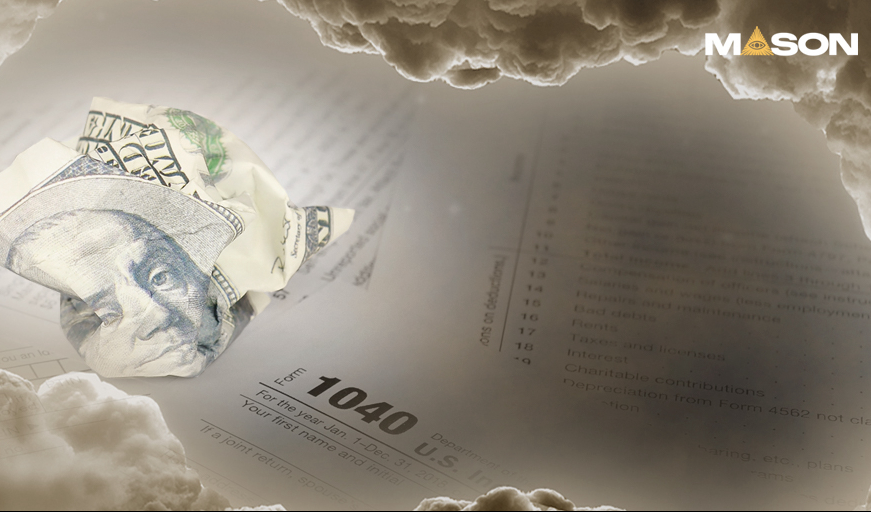Ethereum’s low gas fees drive ETH burn rate to yearly low
Ethereum’s low gas fees drive ETH burn rate to yearly low
The Ethereum network has seen the daily amount of ETH burned drop to its lowest level this year — mainly driven by a recent drop in average gas fees.
Currently, gas fees are hovering between 5 and 10 gwei, which is one of the lowest levels seen year-to-date and affecting ETH issuance.
The decrease in network fees has resulted in fewer ETH being burned. On Sunday, the amount of ETH burned was a mere 610 ETH — marking a record low for this year as Ethereum’s gas fees remained minimal.
In comparison, the daily amount of ETH burned throughout the first four months of this year remained above 2,500–3,000 ETH.
The ongoing decline in gas fees is partly due to a shift in activity to Layer 2 scaling solutions as well as the growing adoption of blob transactions that were introduced with the Dencun upgrade in March — helping reduce transaction costs on Layer 2s.
The dynamics of gas fees and ETH burning are a closely watched aspect of the network’s economic model. While low fees are beneficial for network users, the drop in recent ETH burn has an impact on the deflationary aspects of Ethereum.
The London hard fork — also known as EIP-1559 — which was implemented in August 2021 fundamentally changed Ethereum’s fee structure. The upgrade introduced a base fee that is burned and a priority fee that acts as a tip to validators. As the base fee is directly tied to network usage, higher fees lead to a larger amount of ETH being removed from the supply through burning.
Over the past week, Ethereum’s supply has turned inflationary, with a supply growth rate of 0.49% as opposed to its prior deflationary nature, according to ultrasound.money. If activity picks up and more ETH is burned than is issued, it would become deflationary again.





